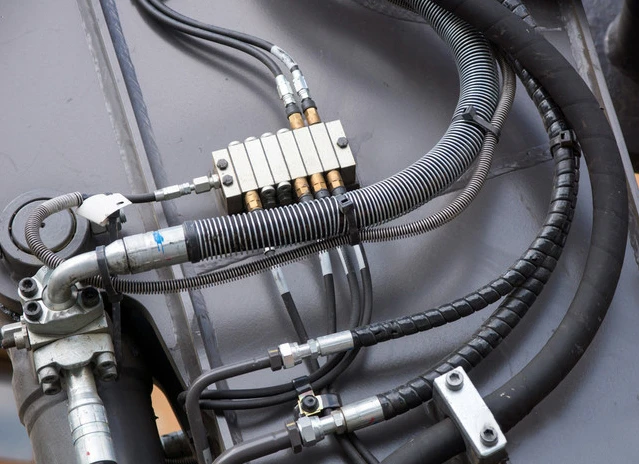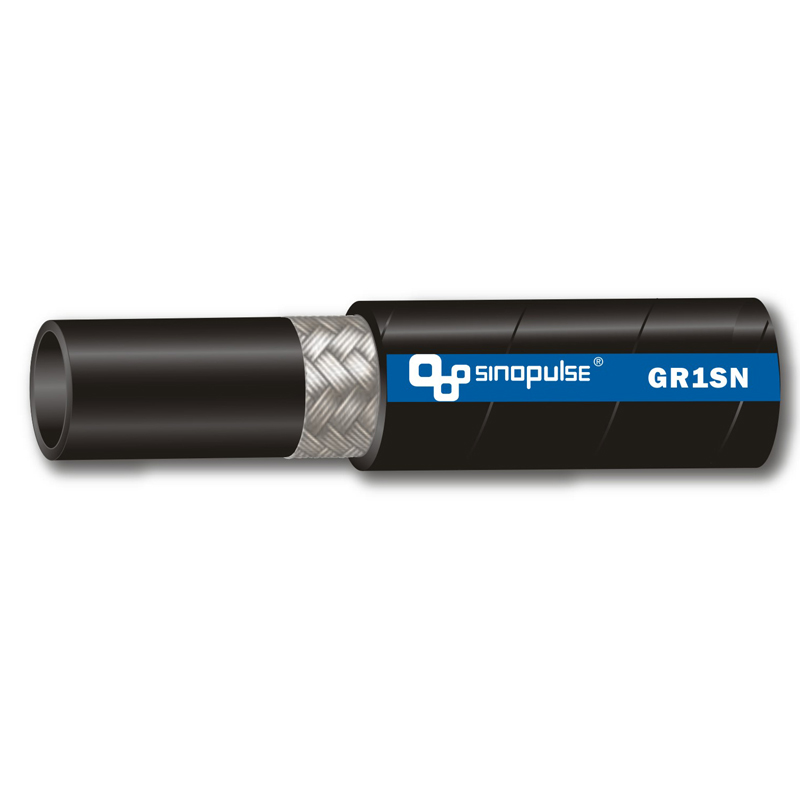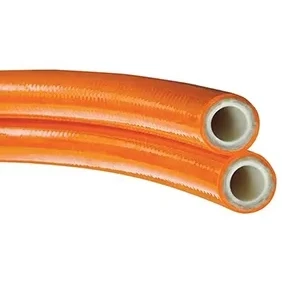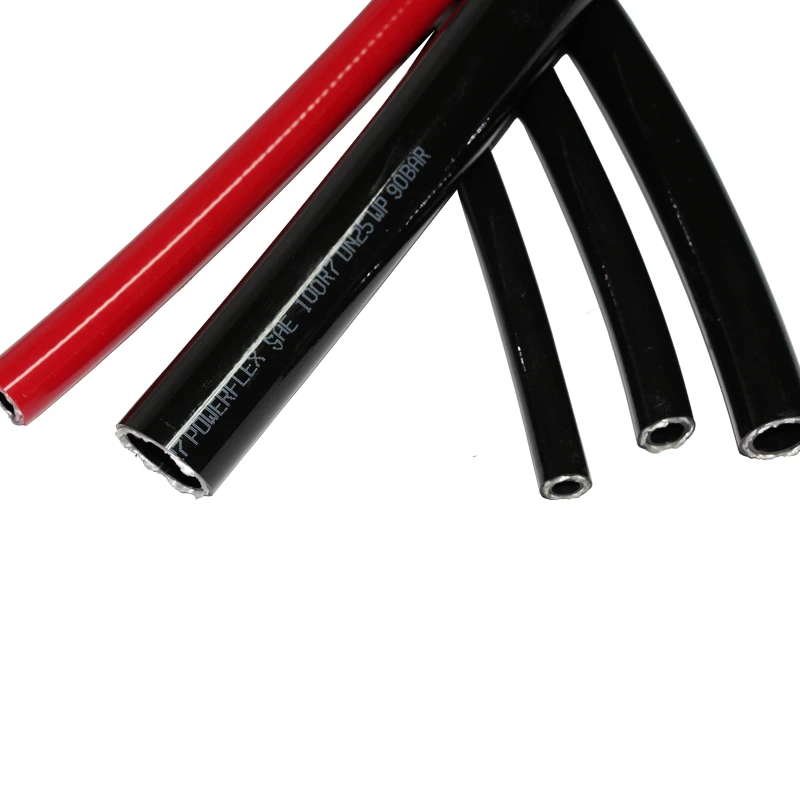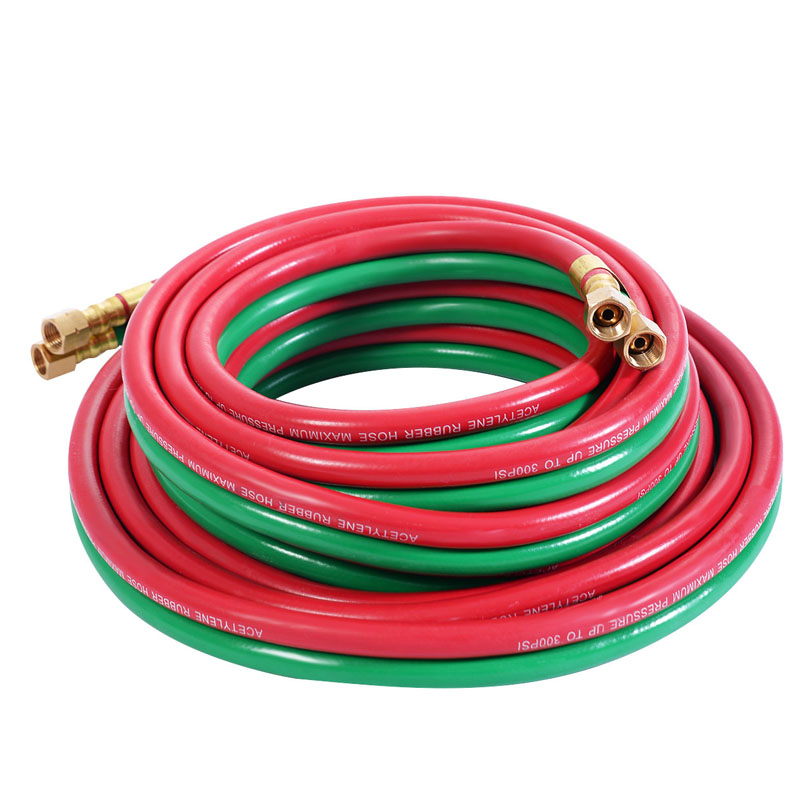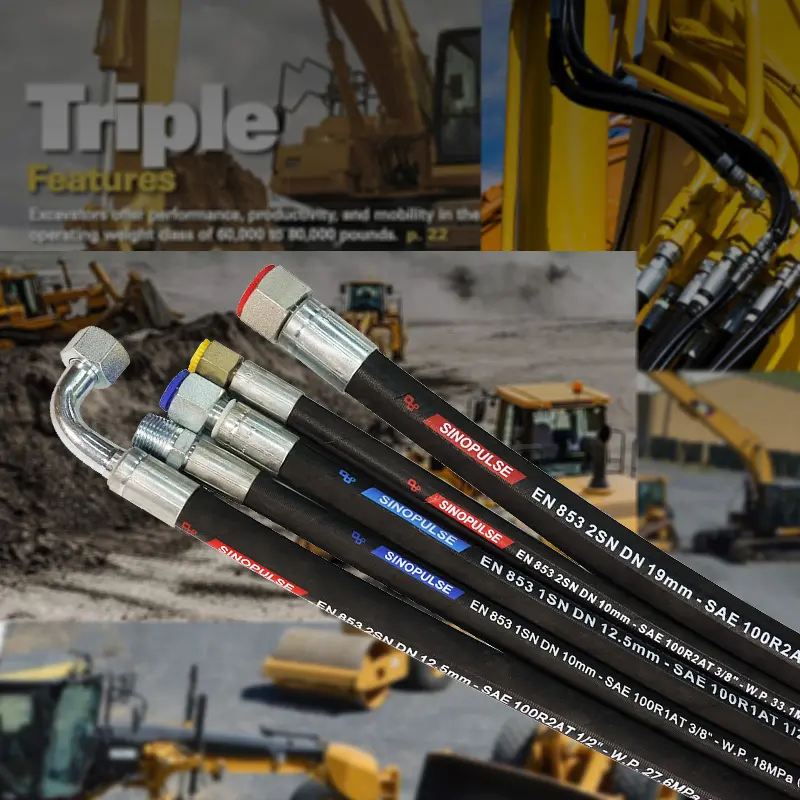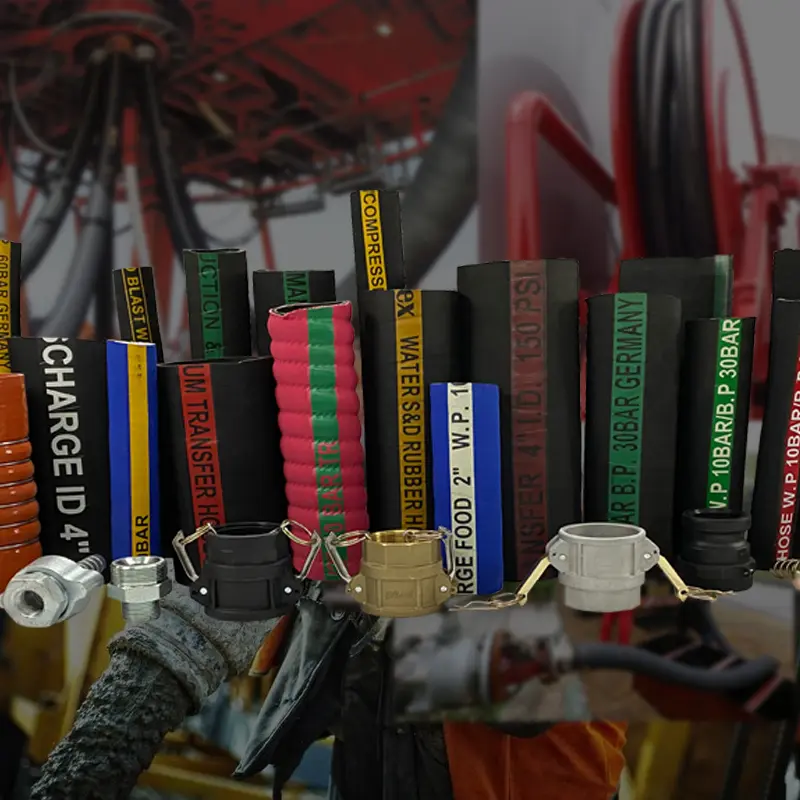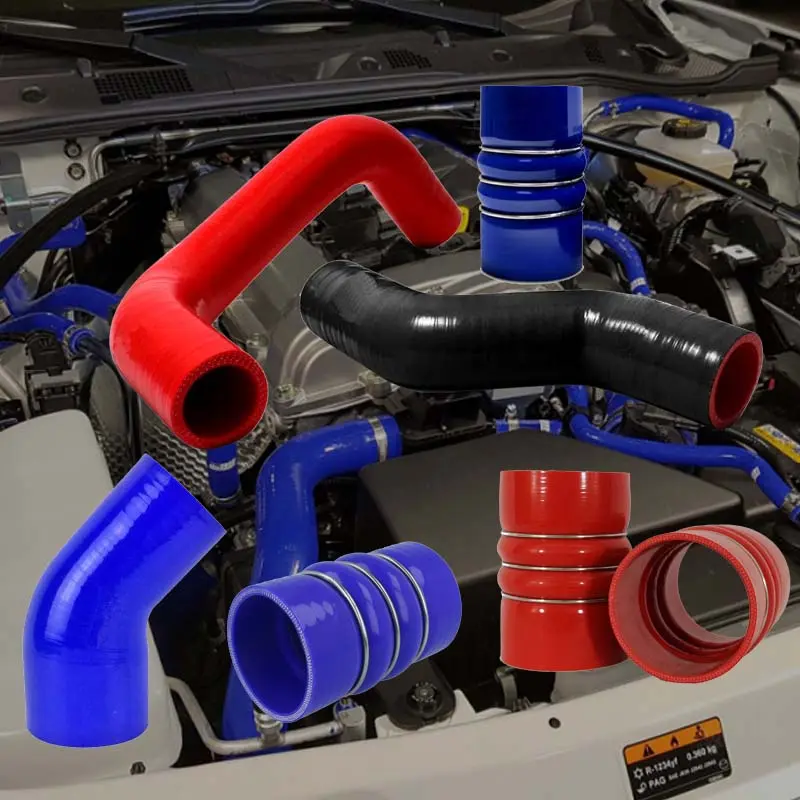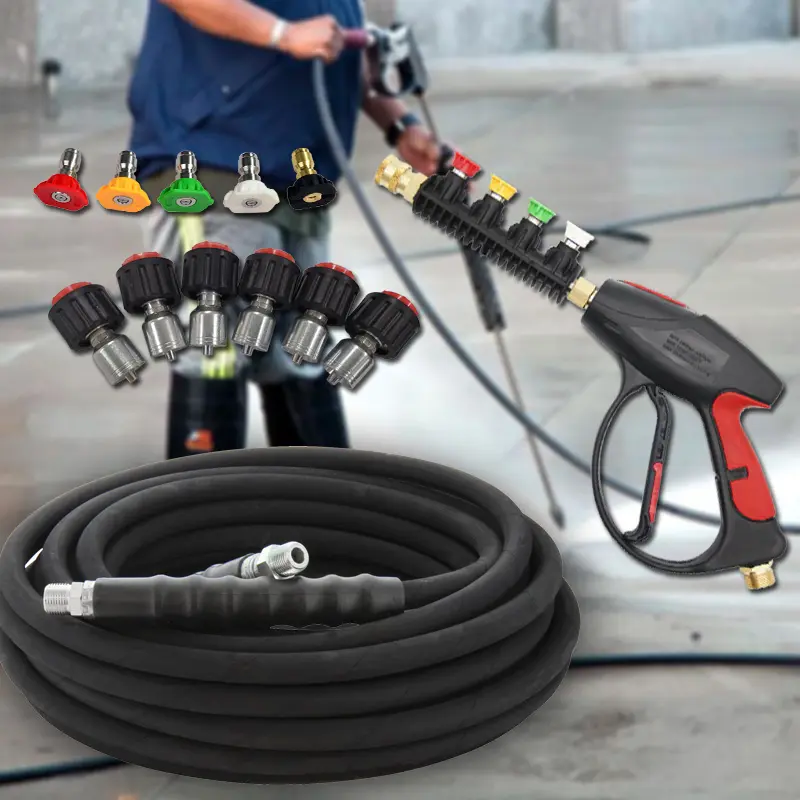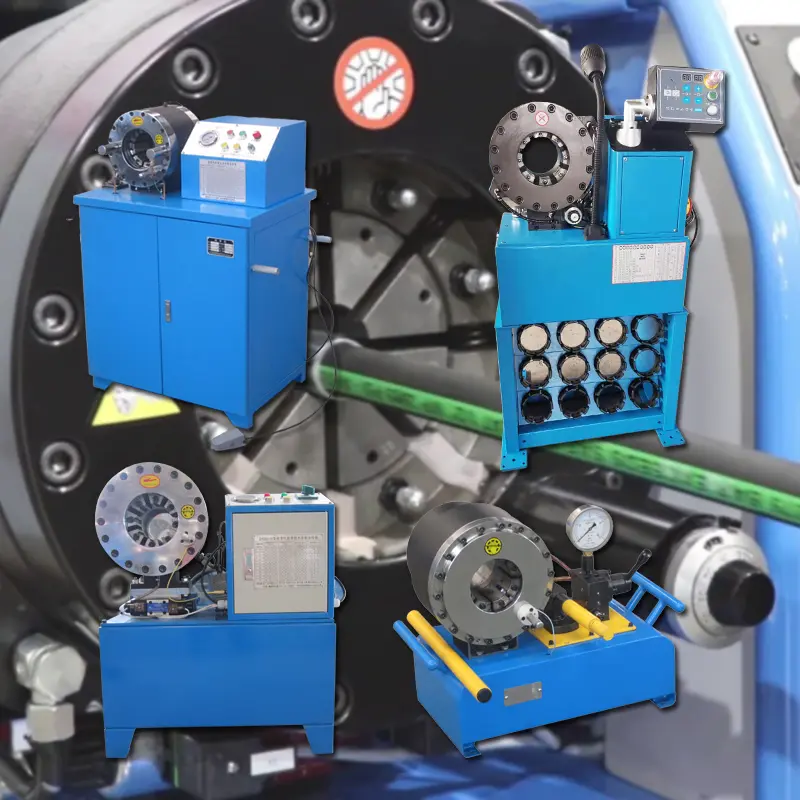The Importance and Applications of Hydraulic Rubber Hoses
Hydraulic rubber hoses are essential components in various industries that require the efficient transmission of fluids and the power to operate machinery. These hoses are designed to withstand high pressures and tough environmental conditions, making them reliable for heavy-duty applications. Understanding the significance, construction, and uses of hydraulic rubber hoses can help industries optimize their equipment and maintain operational efficiency.
Construction and Features
Hydraulic rubber hoses are composed of several layers, each serving a unique purpose. The innermost layer is usually made of synthetic rubber, which is designed to withstand the pressure of the hydraulic fluids. This inner lining is often resistant to various chemicals, ensuring longevity in harsh operating environments. The next layer typically consists of reinforcement fabric or braided steel wires, enhancing the hose's strength and flexibility while preventing it from bursting under pressure.
The outer layer of the hose, made from tough rubber or synthetic materials, protects the inner components from external elements such as abrasion, heat, and weather conditions. Many hydraulic hoses have a smooth outer surface that minimizes friction and enhances their ability to be maneuvered in tight spaces. Depending on their intended use, hydraulic hoses can also be constructed to resist oil, ozone, and UV degradation, further extending their service life.
Applications in Various Industries
Hydraulic rubber hoses are utilized in numerous industries, including construction, agriculture, manufacturing, and transportation. In the construction realm, these hoses are vital for powering equipment like excavators, cranes, and concrete pumps. The ability to handle high-pressure hydraulic fluids enables these machines to perform heavy lifting and other demanding tasks efficiently.
In agriculture, hydraulic hoses connect tractors and other farming machinery to power implements like plows, seeders, and harvesters. Their reliability can significantly impact productivity during planting and harvesting seasons, where downtime can result in lost yields and increased operational costs.
hydraulic rubber hose

Manufacturing processes often incorporate hydraulic systems, where hoses facilitate the movement of fluids that drive machines and tools. For example, hydraulic presses and shears rely on specialized hoses to ensure precise control over the force applied during fabrication procedures.
The transportation industry also benefits from hydraulic rubber hoses, particularly in vehicles such as trucks and buses that depend on hydraulic braking systems and steering mechanisms. The integrity of these hoses is critical to safety, as any failure could lead to catastrophic results.
Maintenance and Safety Considerations
While hydraulic rubber hoses are built to be durable, regular maintenance is crucial to ensure their longevity and safety. This involves inspecting hoses for signs of wear, such as cracks, bulges, or leaks. Any damage should be addressed promptly, as compromised hoses can lead to fluid loss and system pressure failure, posing safety risks.
Proper installation techniques, adhering to manufacturer specifications, and avoiding sharp bends or kinks can significantly prolong the life of hydraulic hoses. It's also essential to ensure that fittings and connectors are secure to prevent leaks that can interrupt operations and pose environmental hazards.
Furthermore, using the right type of hydraulic hose for specific applications is vital. There are hoses designed for high temperature, low temperature, or particular fluid types; using the inappropriate hose could lead to premature failure and operational issues.
Conclusion
Hydraulic rubber hoses play a vital role in the efficiency and safety of many industrial applications. Their robust construction and versatile functionality make them invaluable across various sectors. By understanding their importance, conducting regular maintenance, and selecting the right hoses for specific tasks, businesses can enhance their operations, ensuring both productivity and safety in their hydraulic systems. The future of hydraulic technology continues to evolve, but the significance of hydraulic rubber hoses remains steadfast, underpinning the very machinery that drives modern industry.
Product Application









